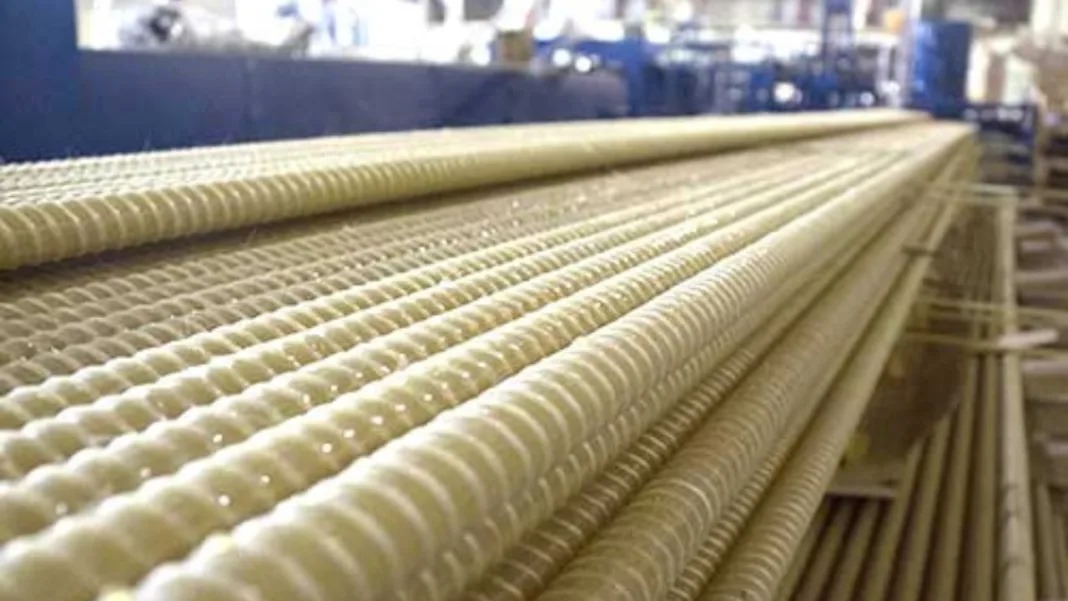The choice of reinforcement material can be game-changing for the construction industry. While steel bars have been widely used for decades, lately, a better alternative is gaining popularity for all the right reasons. NEOBARS – Glass Fiber Bars step to the forefront with better price points, features, and performance that outshine the standard steel alternatives. Here is more information on the same.
What is a Better Option For You?
Traditionally, steel bars are made from carbon steel and hence are known for their strength and ductility. So far, they have been widely used in residential, commercial, and industrial construction. Glass Fiber Reinforced Polymer (GFRP) bars are made from high-strength glass fibers embedded in a polymer resin, serving as an efficient, non-metallic, lightweight, and corrosion-resistant alternative.
While steel bars are known for their high tensile and compressive strength, they’re also heavy, magnetic, and prone to corrosion, especially in humid or salty environments. On the other hand, glass fiber bars offer high tensile strength and are also 75% lighter than steel, making them easier to handle, reducing the need for heavy lifting equipment. They are also non-conductive, non-magnetic, and 100% resistant to corrosion—an excellent choice for structures exposed to moisture or chemicals. While glass fiber bars come at a higher upfront cost, their lower lifecycle maintenance costs can make them more economical in the long run.
Applications of Steel Bar & GFRP
1. Steel bars are best recommended for:
- General construction of residential, commercial, and industrial projects.
- High-load bearing structures, and bridges, highways, and skyscrapers.
2. Glass Fiber Bars are recommended for all kinds of projects, and are particularly suitable for:
- Marine and coastal projects due to their saltwater resistance.
- Tunnels, dams, and water treatment plants
- MRI rooms and research labs due to their non-magnetic requirement
- Architectural elements where weight savings and non-corrosive nature are important considerations
Other Factors to Consider When Choosing
- Environment: Projects where corrosion is a major concern, like marine or de-icing salt exposure, GFRP steps in as a game-changer by offering longer-lasting performance.
- Budget: GFRP not only has a lower initial cost of about 30% less than steel, but also offers lower maintenance and logistics costs.
- Weight Constraints: GFRP is also a winner in projects where light weight is imperative, like bridge decks or prefabricated elements.
Both glass fiber and steel bars have their own place in the construction industry. The right choice depends on your project’s specific needs, environment, and long-term goals. Lately, GFRP bars are revolutionizing projects where corrosion, weight, and magnetic interference are concerns. You can reach out to our experts to know more about these transformative alternatives that are not only efficient but also sustainable.
Also Read – 5 Shocking Ways GFRP Rebar Saves You Lakhs in Construction Costs
